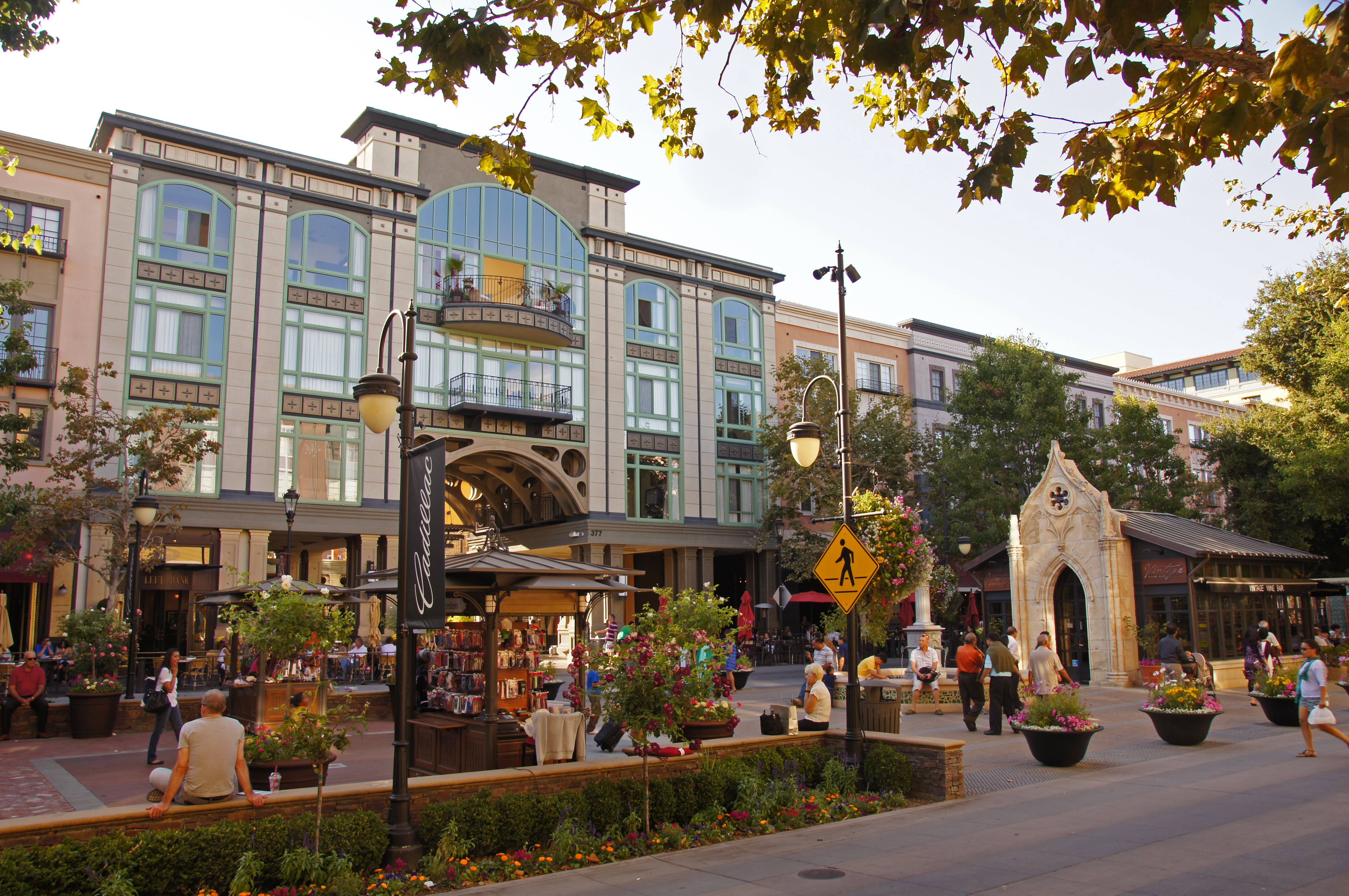
As we enter 2025, the landscape of commercial construction is evolving rapidly. With a growing focus on sustainable building practices, smart technology integration, and modular construction methods, these innovations are transforming commercial spaces. Read about the most impactful construction trends for 2025, including eco-friendly building strategies, advancements in smart building technology, and the rise of mixed-use developments, helping you navigate the future of commercial real estate.
1. Sustainable Building Practices
Sustainability remains a driving force in commercial construction. Growing environmental concerns, stricter regulations, and tenant demand are pushing the industry toward greener, more eco-friendly solutions.
- LEED and WELL Certifications: Developers are increasingly pursuing these certifications to demonstrate their commitment to sustainability.
- Energy Efficiency: Solar panels, LED lighting, and smart HVAC systems are becoming industry standards.
- Recycled Materials: The use of sustainable, recycled materials helps minimize the carbon footprint of commercial buildings.
2. Smart Building Technology
The integration of smart technology is revolutionizing how commercial buildings operate. IoT devices, automation, and data analytics are improving building efficiency and tenant satisfaction.
- IoT and Building Automation: These technologies enhance operational efficiency, reduce energy usage, and improve tenant comfort.
- Smart Security Systems: Biometric access control and AI-driven surveillance are becoming standard.
- Data Analytics: Real-time data helps managers optimize maintenance, energy consumption, and space utilization.
3. Modular and Prefabricated Construction
Modular and prefabricated construction methods offer faster, more cost-effective building solutions.
- Reduced Construction Time: Prefabricated components are assembled on-site, cutting down construction time significantly.
- Cost Savings: Lower labor costs and reduced material waste contribute to significant savings.
- Flexibility and Scalability: Modular construction makes it easier to expand or customize commercial spaces as needs evolve.
4. Mixed-Use Developments

Urban areas are increasingly adopting mixed-use developments, combining residential, commercial, and recreational spaces into one vibrant area.
- Urban Revitalization: Mixed-use developments play a key role in transforming urban landscapes, creating dynamic, multifunctional communities.
- Increased Foot Traffic: The blend of living, working, and leisure spaces attracts more tenants and visitors.
- Enhanced ROI: Mixed-use spaces offer diversified revenue streams and a boost in property value.
5. The “Third Space” Phenomenon
The rise of the “third space” is reshaping how people work and interact. These spaces blend the communal feel of an office with the comfort of home.
- Flexibility and Community: Remote workers seek variety and a sense of belonging, often lacking in home offices.
- Transformation of Traditional Spaces: Coffee shops, libraries, gyms, and retail spaces are evolving into semi-office hubs, offering amenities like Wi-Fi and ergonomic seating.
- Designing for the Third Space: Commercial spaces now need to provide comfort, functionality, and community through flexible layouts and robust technology.
6. Focus on Health and Wellness
The pandemic has increased awareness of health and wellness in the workplace. Property owners are now prioritizing indoor air quality, wellness amenities, and touchless technology.
- Improved Air Quality: Advanced HVAC systems with air filtration technologies are a key feature of modern commercial buildings.
- Wellness Amenities: Fitness centers, green spaces, and wellness rooms are becoming essential components of office designs.
- Touchless Technology: From automatic doors to voice-activated systems, touchless features reduce germ transmission and improve the overall user experience.
7. Adaptive Reuse and Renovation
Adaptive reuse and renovation projects are on the rise as property owners look to repurpose older buildings instead of building new ones.
- Cost Efficiency: Repurposing existing structures is often more economical than new construction.
- Preservation of Heritage: Adaptive reuse preserves the historical and architectural value of buildings.
- Sustainability: Renovating old buildings minimizes the use of new materials and reduces environmental impact.
8. Safety Innovations and Construction Site Security
Safety remains a top priority in the construction industry, and new technologies are enhancing on-site protection.
- Wearable Safety Gear and Drones: Wearable devices and drones help identify potential hazards early, improving site safety.
- Cybersecurity: As the industry becomes more digital, safeguarding project data and building information is crucial.
9. Addressing the Skilled Labor Shortage
With a growing shortage of skilled labor, the construction industry is exploring automation and robotics to streamline operations.
- Workforce Development: Investing in training and upskilling is essential to cultivate a competent workforce.
- Automation and Robotics: Automation can reduce reliance on human labor, allowing skilled workers to focus on more complex tasks.
10. Economic and Regulatory Influences
The commercial construction landscape is significantly impacted by global economic trends and government regulations.
- Economic Trends: Currency fluctuations, interest rates, and trade policies can have a profound effect on construction growth.
- Government Regulations: Policies that promote sustainability and energy efficiency are helping to shape the future of commercial buildings.
How We Can Help Transform Your Space for 2025
At Gidel & Kocal Construction, we understand that the success of any construction project depends on decisions made early in the process. Our collaborative approach minimizes surprises and maximizes efficiency, saving you time and money. Here’s how we can assist in transforming your commercial space:
Pre-Construction Services
- Design Development
- Early Budgeting
- Value Engineering
- Conceptual Scheduling
- Cost Estimating
- Constructability Reviews
- Plan Reviews & Existing Facilities Analysis
General Construction Services
- Project Progress Reporting
- Site Safety & Supervision
- Vendor Coordination
Comprehensive Project Management
- Bid Qualification & Subcontractor Selection
- Project Procedures Implementation
- Design-Build Coordination
- Procurement of Materials & Services
- OAC Meetings & Close-Out Coordination
Partner with Gidel & Kocal Construction to transform your commercial space and stay ahead of the curve in this evolving market. Our 40+ years of experience and full-service approach make us your ideal partner for projects in the Bay Area and surrounding cities.
